#Orientalist painters
Text

Hans Makart, The Death of Cleopatra, 1875.
Liechtenstein, The Princely Collection
Hans Makart was a 19th-century Austrian academic history painter, designer, and decorator. He is best known for his influence on Gustav Klimt and other Austrian artists, but in his own era he was considered an important artist himself and a celebrity figure in the high culture of Vienna and attended with almost cult-like adulation.
Makart was the son of a chamberlain at the Mirabell Palace in Salzburg, Austria, born in the former residence of the prince-archbishops of Salzburg, the city in which Mozart had been born. Initially, he received his training in painting at the Vienna Academy between 1850 and 1851 from Johann Fischbach. While in the Academy, German art was under the rule of a classicism, which was entirely intellectual and academic—clear and precise drawing, sculpturesque modelling, and pictorial erudition were esteemed above all. Makart, who was a poor draughtsman, but who had a passionate and sensual love of color, was impatient to escape the routine of art school drawing. For his fortune, he was found by his instructors to be devoid of all talent and forced to leave the Vienna Academy.
#hans makart#painting#cleopatra#1875#the death of cleopatra#death#makart#snake#art#Liechtenstein#The Princely Collection#history painting#history#cleopatra vii#Orientalist painters#art history#history painter#austrian#austrian art#snake bite#snake bites#Mirabell palace#1870s#1870s art#1870s paintings#1875 painting#inspo jewellry#inspiration
21 notes
·
View notes
Photo

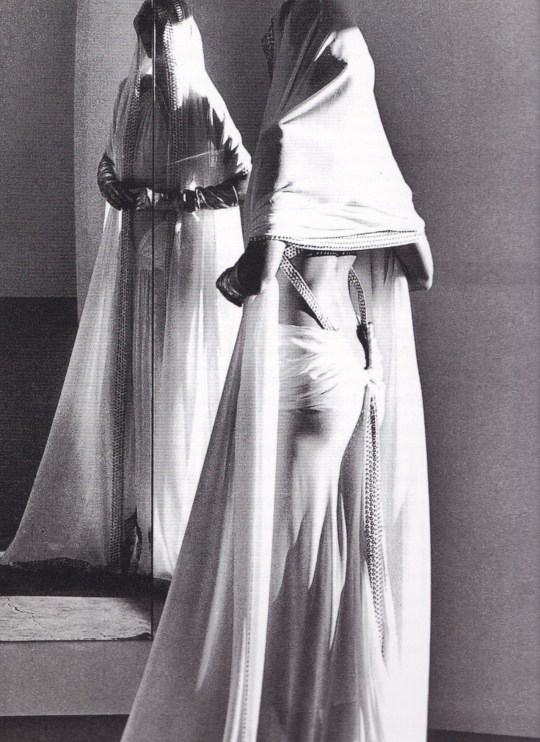

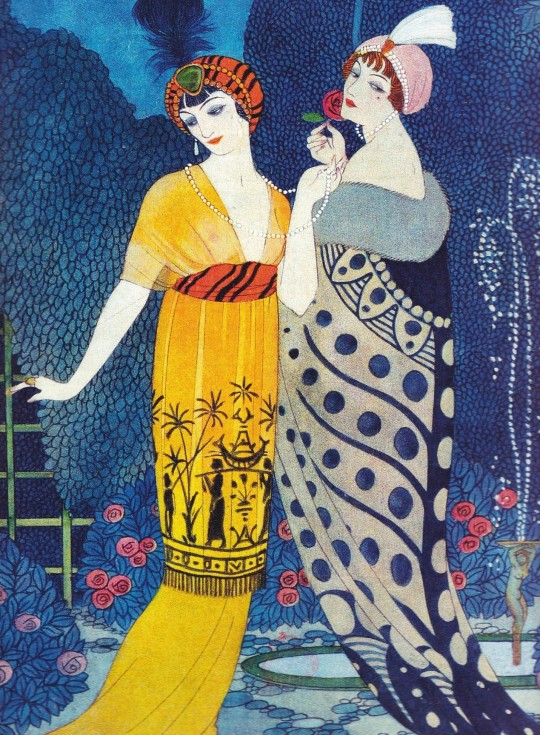




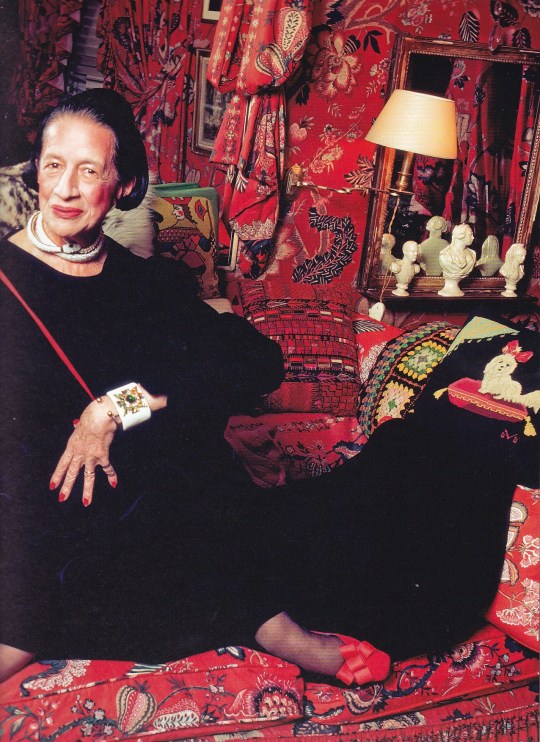

Orientalism Style
Laurence Benaïm
Assouline, New York 2022, 296 pages,over 200 illustrations,English language, 24.5 x 33 cm., Linen Hardcover, ISBN 9781649800381
euro 95,00
email if you want to buy :[email protected]
For centuries, the West has been fascinated by the mysterious allure of the Middle East and Asia, captivated by the curious customs, the exotic spices and colors of the bazaars, the romantic atmosphere of the graceful architecture and flowing garments. In the popular imagination, thoughts of the East evoke stories of travel, literature, paintings, decorative arts, fashion and films that have enchanted us for decades. As if viewing the world from a magic flying carpet, through the perspective of Orientalism the nostalgia for vanished civilizations developed into an idealized fantasy.More than a style, Orientalism is a way of seeing, of perceiving, of sharing emotions and palettes of colors, sensations. Historically, the wealth of the East’s exuberant kaleidoscope of mysteries and perfumes was an antidote to the conservative establishment and ordered rational thinking. Orientalist painters were collectors of dreams, in the way lovers of objects transform their study into a cabinet of curiosities. From Marco Polo’s Book of the Marvels of the World to Byron’s Turkish Tales, from Paul Poiret to Yves Saint Laurent and John Galliano, from Delacroix to the British explorer Richard Burton, from Cleopatra to Lawrence of Arabia, Orientalism offers a vision filled with dreams, secrets and poetry, a sensuous tableau perfumed with incense, interweaving past and present.Following our successful Travel series, Assouline introduces the Style series, spotlighting some of the most iconic art movements and design styles, revealing their historical impact and continuing influence on our culture today.
27/09/22
orders to: [email protected]
ordini a: [email protected]
twitter: @fashionbooksmi
instagram: fashionbooksmilano, designbooksmilano tumblr: fashionbooksmilano, designbooksmilano
#Orientalism Style#Laurence Benaim#Paul Poiret#John Galliano#Yves Saint Laurent#Diana Vreeland#orientalist painters#Assouline Style Series#fashion books#fashionbooksmilano
16 notes
·
View notes
Photo

Ernest Normand - The White Slave, 1894, Unknown location.
#art#arte#classic#classical#classical art#classical paintings#painting#paint#painter#English art#english painter#English artist#ernest normand#the white slave#1894#1890s#1800 painting#1800s painting#orientalism#orientalist art#victorian art#victorian artist
95 notes
·
View notes
Photo
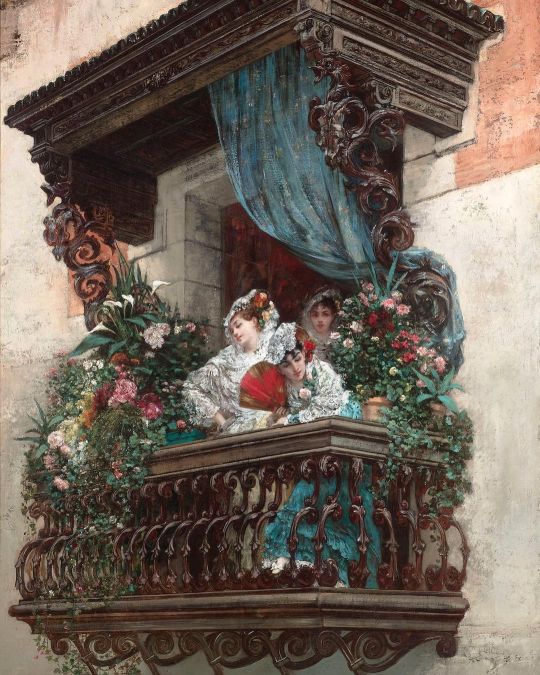
Spanish Women on Balcony, Georges Jules Victor Clairin, c. 1919. #georgesjulesvictorclairin #spanishwomenonthebalcony #art #artwork #artist #20thcentury #20thcenturyart #frenchart #frenchartist #painting #painter #frenchpainter #illustrator #frenchorientalists #orientalist #orientalistart #movement #artmovement #arthistory #artcollection #artdetail #details #flowers #balcony #ironwork #drapes #costume #dress #beauxarts #sarahbernhardt (at Somewhere) https://www.instagram.com/p/CpVm5Yzomr3/?igshid=NGJjMDIxMWI=
#georgesjulesvictorclairin#spanishwomenonthebalcony#art#artwork#artist#20thcentury#20thcenturyart#frenchart#frenchartist#painting#painter#frenchpainter#illustrator#frenchorientalists#orientalist#orientalistart#movement#artmovement#arthistory#artcollection#artdetail#details#flowers#balcony#ironwork#drapes#costume#dress#beauxarts#sarahbernhardt
12 notes
·
View notes
Text
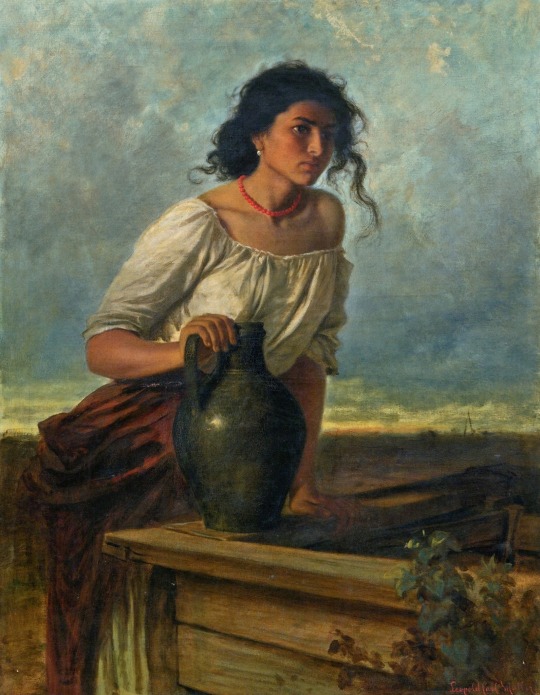
Leopold Müller
Orientalist painter -- The Woman at the Well
4 notes
·
View notes
Text
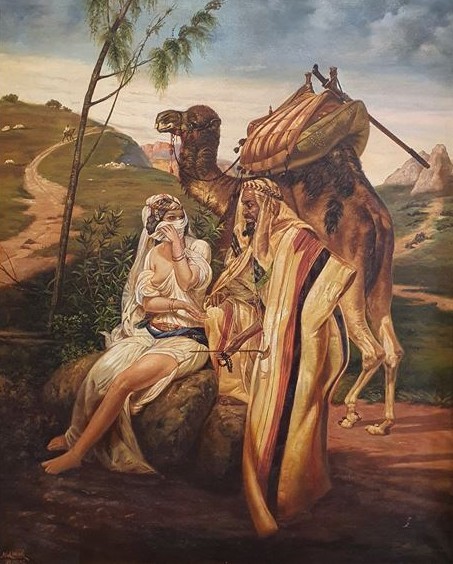
Juda et Thamar (1840) by Horace Vernet
#Horace Vernet#19th century#art history#biblical painting#old testament#tamar#judah#orientalist art#bible art#judiasm#Christianity#islam#abrahamic religions#abrahamic mythology#french art#french painter
11 notes
·
View notes
Text
Sunday Evening Art Gallery -- Alexis Auguste Delahogue
Alexis Auguste Delahogue (1867-1953) was a French 19th Century painter who specialized in scenes from Algeria and neighboring countries.He was considered an orientalist painter, which refers to a representation of the East in Western art which often blurred the line between fantasy and reality.Travelling with his twin brother Eugène, Delahogue painted landscapes and genre scenes borrowed from…
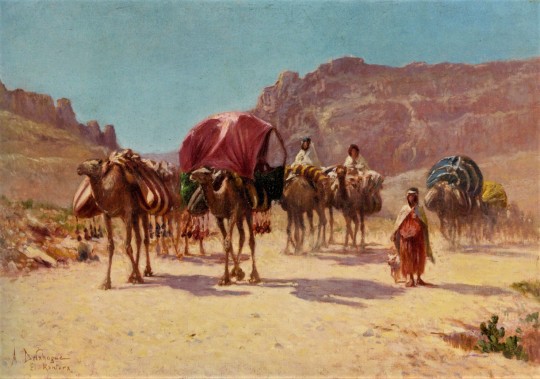
View On WordPress
0 notes
Text

"Il Negro", (study of an African American male), c.1870 by Frank Buchser (1828–1890). Swiss painter, known for portraits, landscapes and Orientalist themes. oil on canvas
291 notes
·
View notes
Text

François-Léon Bénouville (1821-1859) "Male Torso" c.1844.
François-Léon Benouville was a French painter noted for his Neoclassical religious compositions and for painting Orientalist subjects. He died on 16 February 1859 at 37.
🤔
41 notes
·
View notes
Text

“Portrait of a Man”, c.1870 by Leopold Müller. (1834–1892). Austrian genre painter, noted for his Orientalist works.
41 notes
·
View notes
Text
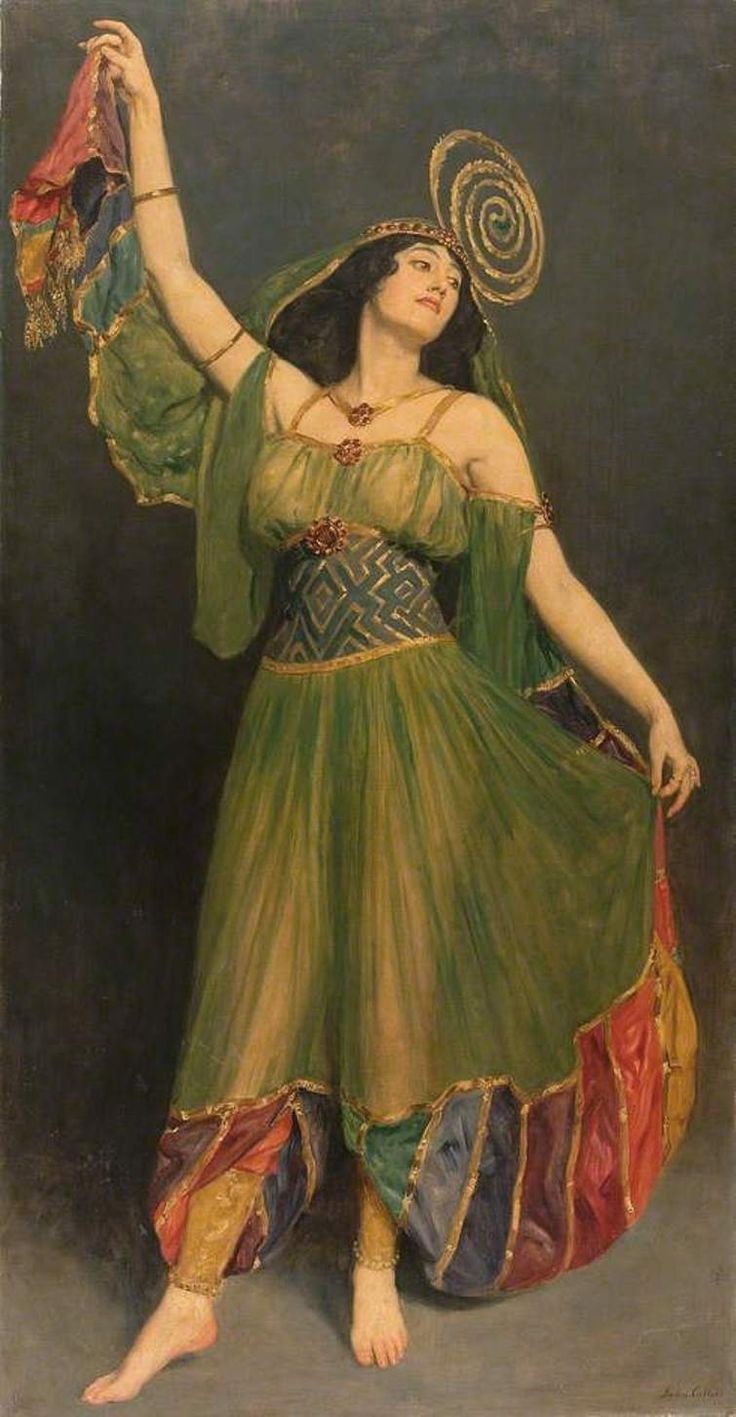
John Collier (English, 1850-1934) • Souvenir of Chu Chin Chow • Glynn Vivian Art Gallery.
In 19th and early 20th century western art, wearing theatrical costumes instead of one's usual attire was not limited to professional actors on stage. It was also a popular form of entertainment: for costume balls, tableaux vivants, masquerades, parades, meetings of fraternal organizations, amateur theater. Inspiration came from art, history, mythology, folk traditions, and non-European cultures. Popular magazines and books offered ideas and instructions.
Portraits of western women in "exotic" costumes, such as the one above, are often encountered bearing the label "Orientalism". Scenes of everyday life, whether realistic or imagined, were a particular source of interest to the Orientalist painters. Some images focused on a single individual, while others engaged with a multitude. Similarly, they ranged from quiet and contemplative pictures to wildly dramatic scenes. The most detailed were perhaps drawn from life, or betrayed the influence of photography – a newly emerging discipline. Others were clearly the products of a studio setting, where objects and clothes from different periods and places were liberally mixed as props.
Today, such images may spark dialogue about what it means to wear the dress of a culture that is not your own. The term "cultural appropriation" describes the co-opting of one culture's traditions by another, historically dominant group. One of its most persistent and visible forms involves clothing-such as members of European or American society donning the dress of populations they have controlled politically, economically, or culturally. Intentionally or not, such actions reflect uneven power dynamics and can reinforce histories of oppression.
Sources:
• Museum of Fine Arts,Boston
• British Museum
• The Museum at FIT
#art#painting#fine art#art history#19th century art#orientalism#cultural appropriation#john collier#british artist#women in paintings#paintings of women#pagan sphinx art blog#art history lesson#art blog#british museum#MFA boston#western art traditions
44 notes
·
View notes
Text

c. 1921 ~ Léon Georges Jean-Baptiste Carré (French Orientalist painter and illustrator, 1878-1942)
48 notes
·
View notes
Text
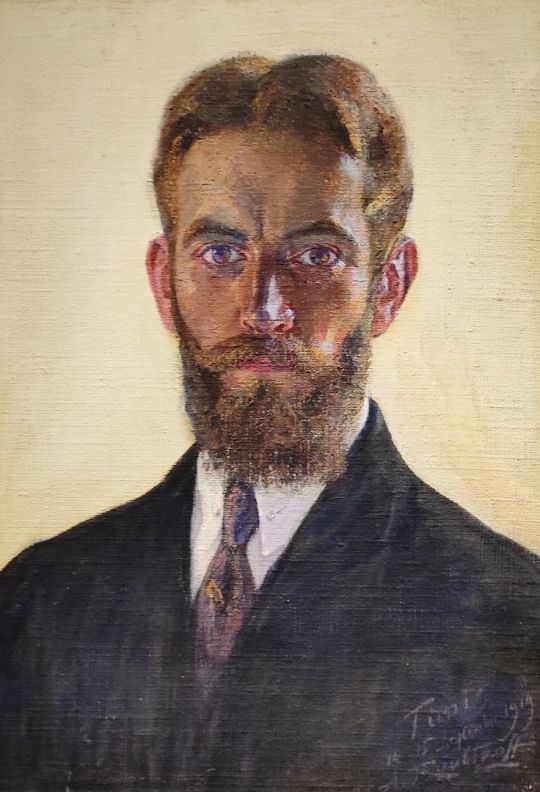
'Self Portrait' as painted in 1919 by Russian born French painter Alexandre Roubtzoff (1884-1949). He specialized in painting orientalist scenes, and lived most of his adult life in Tunisia.
11 notes
·
View notes
Text
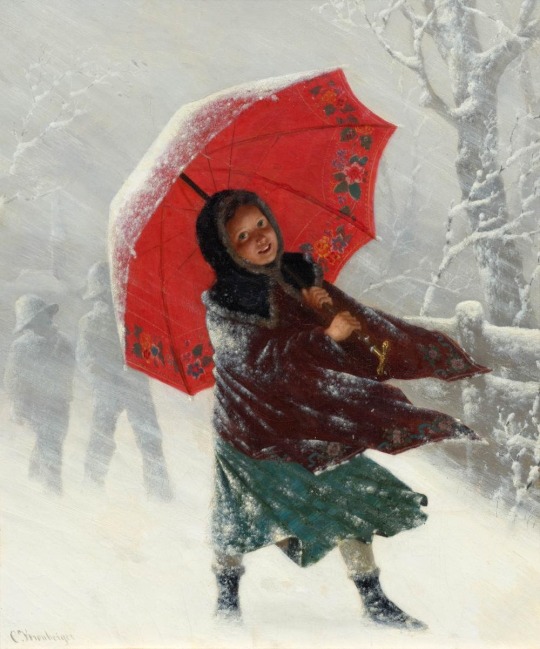
Leopold Müller Orientalist painter
0 notes
Text
Henri Adrien Tanoux

Adrien Henri Tanoux - Portrait of a Spanish Lady, bust-length, wearing a red jacket with gold brocade, holding a fan, 1901

Henri Adrien Tanoux - Odalisque (1920)

Adrien Henri Tanoux - Femme allongée, 1916

Adrien Henri Tanoux - Harem Beauty at a Doorway, 1913

Adrien Henri Tanoux - A WELCOME REST

Adrien Henri Tanoux - THE HARP PLAYER, 1901
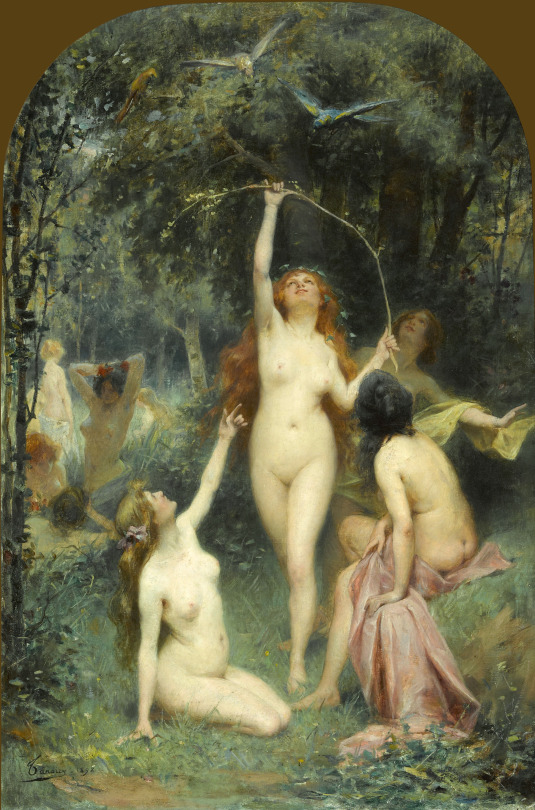
Adrien Henri Tanoux - Nymphs In A Forest

Adrien Henri Tanoux - Odalisques, 1905

Antoine Auguste Adrien Henri Tanoux (1865 –1923) was a French painter. He was initially attracted to painting scenes in the outlying suburbs but, after receiving a travel grant from the Conseil supérieur des Beaux-Arts in 1895, he turned to genre scenes, portraits and Orientalist works; becoming especially well known for his nudes. In 1905, he was elected a member of the Société des artistes français.
13 notes
·
View notes
Text
like.. i do have a complex relationship to historical orientalist art. one of my all-time favorite paintings is "portrait of a young moroccan girl" by an anonymous orientalist painter. its a portrait of a young amazigh girl who looks just like a younger me. ive put pictures of my young self next to that painting sometimes just because the resemblance was so striking. its kind of the only art piece in which ive ever recognized myself, you know? and its part of an art movement that was focused on representing those people - the people i descend from - as strange, exotic, often sexualized, often barbaric others. much of that art is beautiful and skillful. and yet it is tainted by its context, its intent, its gaze. and yet... there i am, in the painting. you know? its difficult to parse exactly how i feel about it. theres a feeling of unfairness about it all, of course: if artists of color were equally represented to white artists, historically or currently, if their art was equally valued, would i have seen myself in another painting? in many others? and yet the young moroccan girl is here. but she isnt; she isnt in the painting, as a person. she is the object of the art and can only be that. and she looks just like me. and i keep coming back to her. yknow?
#97#she has a mole nearly in the same place i do. she looks like me. and she is not there.#i think of this often#none of this is to say that i dont now have access to the art of many people of color#i do follow artists of color (primarily on tumblr bc its my main social media) and see tons of ocs of color! and have plenty myself#but ive never seen a piece of art and gone 'that looks just like me!!' except that one painting
7 notes
·
View notes